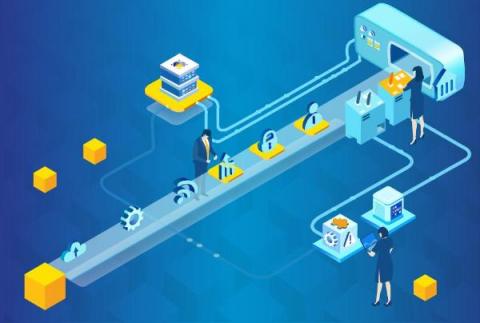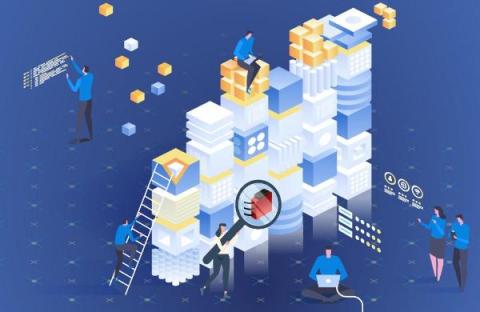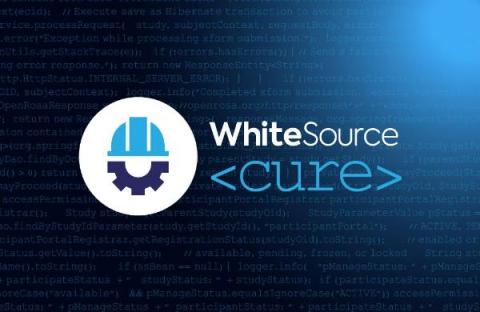How Sweet It Is - Thinking About SBOMs In Relation to Chocolate
The SolarWinds attack in late 2020 exposed the data of more than 18,000 businesses and governmental departments – many of which are gatekeepers for the country’s most vital infrastructure. While attacks against the software supply chain aren’t new, they are increasing exponentially.











